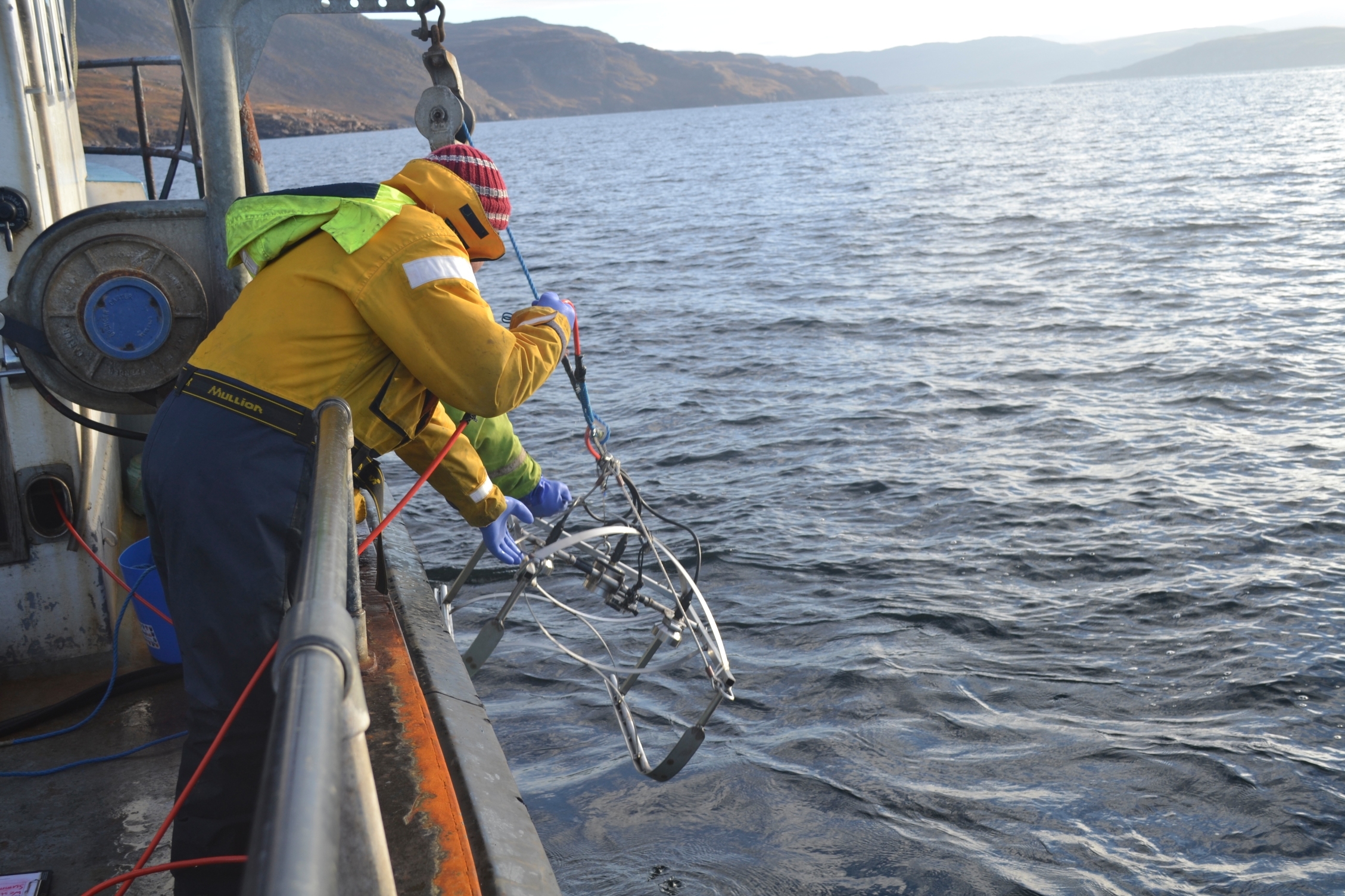A leading nature conservation organisation has revealed new areas of precious seabed habitat in the seas off Wester Ross.
The Scottish Wildlife Trust published its findings from a survey – done together with Fauna & Flora International – which showed the presence of an unusual, coral-like seaweed called maerl.
Maerl is extremely slow-growing and creates purple-pink coloured carpets on the seabed, providing a nursery habitat for marine life including young cod, scallops and crab.
New maerl beds were identified off the coast of the trust’s Ben Mor Coigach Wildlife Reserve, off Isle Martin, and near the Rhue Lighthouse at the mouth of Loch Broom.
These discoveries increase the known extent of maerl beds along a stretch of coast between Gruinard Bay and Little Loch Broom.
The finds also strengthen the case for large areas of the Wester Ross Marine Protected Area (MPA) to be closed to potentially damaging fishing such as scallop dredging and bottom trawling.
Evidence of maerl beds and other seabed habitats was captured using Marine Scotland funded underwater camera equipment and expertise provided by Scottish Natural Heritage.
The fragile nature of maerl was evident as the survey failed to find previously recorded maerl beds in an area of the Summer Isles that has seen the largest amount of scallop dredging in recent years.
The Wester Ross MPA was created earlier this year for the protection of important seabed habitats including maerl beds, kelp forests and flame shell beds.
The Scottish Government is currently consulting on plans to prohibit fishing including scallop dredging and bottom trawling on certain seafloor habitats within the Wester Ross MPA and other MPAs in Scottish coastal seas.
Alex Kinninmonth, Living Seas policy officer for the Scottish Wildlife Trust, said: “The survey has proved to be very important as current Scottish Government proposals will leave many of these newly discovered maerl beds unprotected from damaging fishing methods like dredging.
“Now that these fragile habitats are on the map they must be included in protection plans.
“It also serves as a reminder that there are still big gaps in our knowledge of the seabed, and so there is a clear need for a more precautionary approach to protecting it.”
An interactive map of the preliminary survey results can be found at
http://scottishwildlifetrust.org.uk/what-we-do/living-seas/
